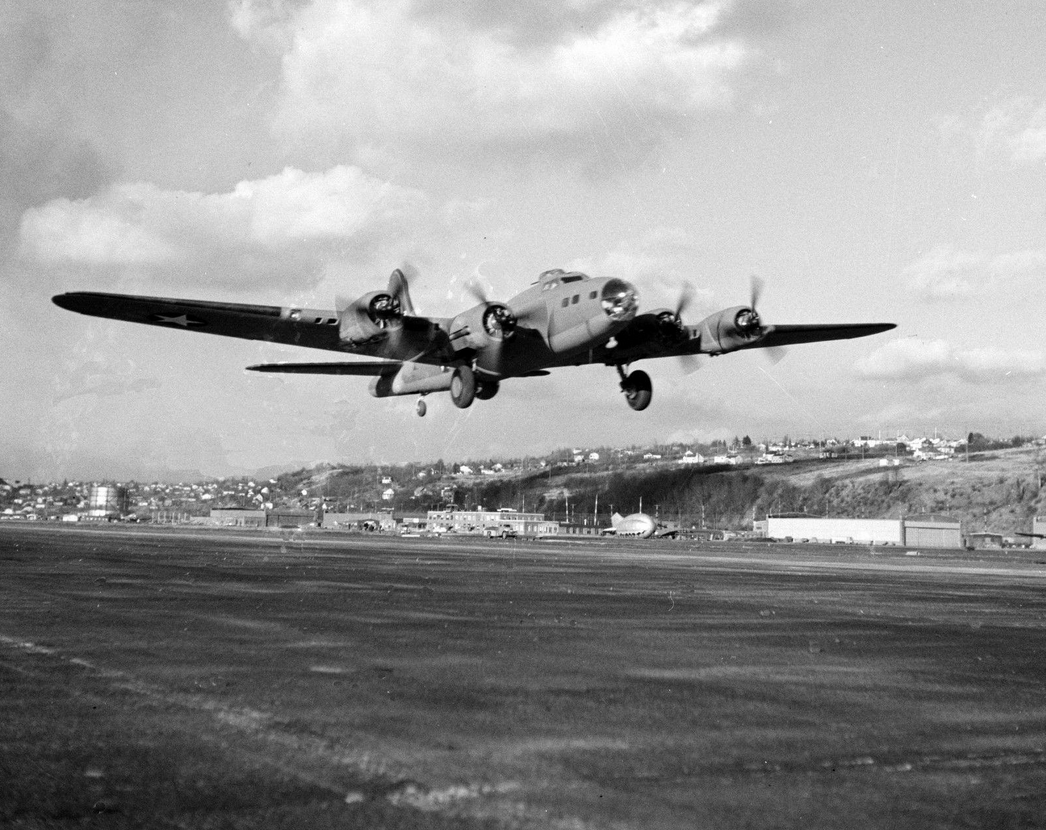

The Boeing B-17F Flying Fortress was a four-engine heavy bomber operated by a flight crew of ten. It was 74 feet, 8.90 inches (22.781 meters) long with a wingspan of 103 feet, 9.375 inches (31.633 meters) and an overall height of 19 feet, 1.00 inch (5.187 meters). The wings have 3½° angle of incidence and 4½° dihedral. The leading edge is swept aft 8¾°. The total wing area is 1,426 square feet (132.48 square meters). The horizontal stabilizer has a span of 43 feet (13.106 meters) with 0° incidence and dihedral. Its total area, including elevators, is 331.1 square feet (12.18 square meters).
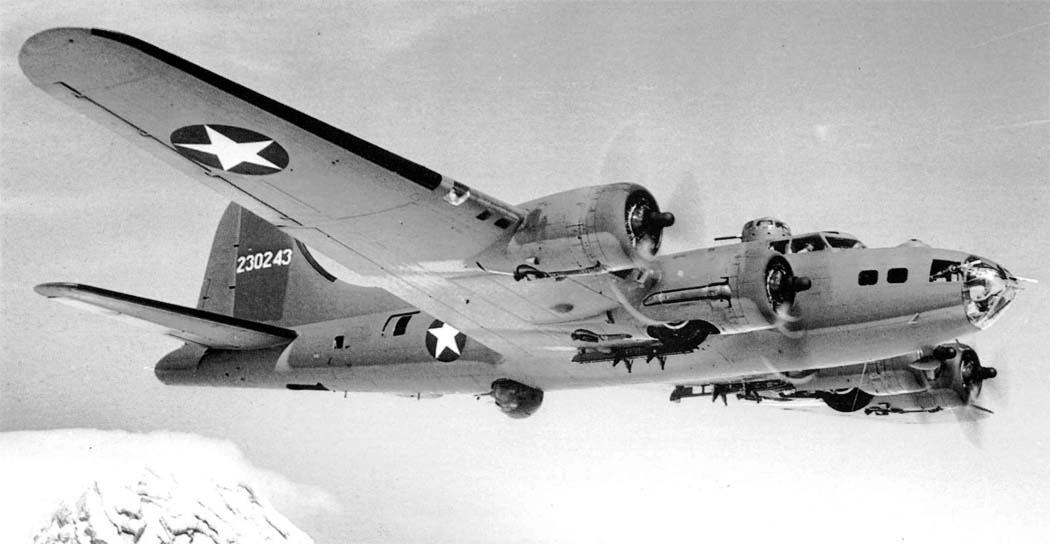
The B-17F had an empty weight of 32,962 pounds (14,951 kilograms), maximum design gross weight, 48,726 pounds (22,102kilograms) basic, and the maximum takeoff weight was 65,000 pounds (29,484 kilograms).
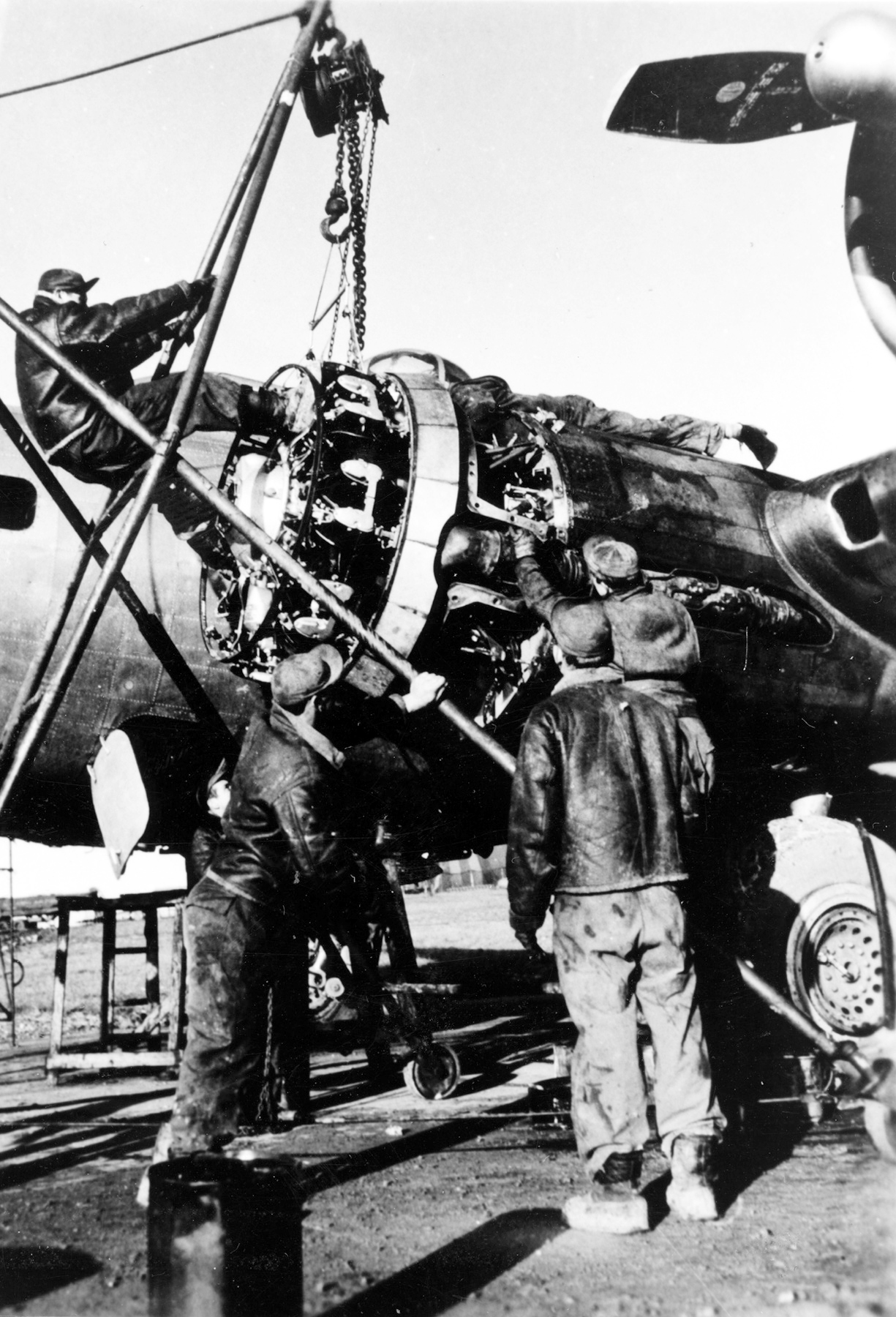
The B-17F was powered by four air-cooled, supercharged, 1,823.129-cubic-inch-displacement (29.876 liters) Wright Cyclone C9GC (R-1820-97) nine-cylinder radial engines with a compression ratio of 6.70:1. (Early production B-17Fs were equipped with the Wright Cyclone G666A (R-1820-65). Both variants had the same power ratings.) The engines were equipped with remote General Electric B-22 turbochargers capable of 24,000 r.p.m. The R-1820-97 was rated at 1,000 horsepower at 2,300 r.p.m. at Sea Level, and 1,200 horsepower at 2,500 r.p.m. for takeoff. The engine could produce 1,380 horsepower at War Emergency Power. 100-octane aviation gasoline was required. The Cyclones turned three-bladed, constant-speed, Hamilton-Standard Hydromatic propellers with a diameter of 11 feet, 7 inches (3.835 meters) through a 0.5625:1 gear reduction. The R-1820-97 engine is 47.80 inches (1.214 meters) long and 55.10 inches (1.399 meters) in diameter. It weighs 1,315 pounds (596 kilograms).
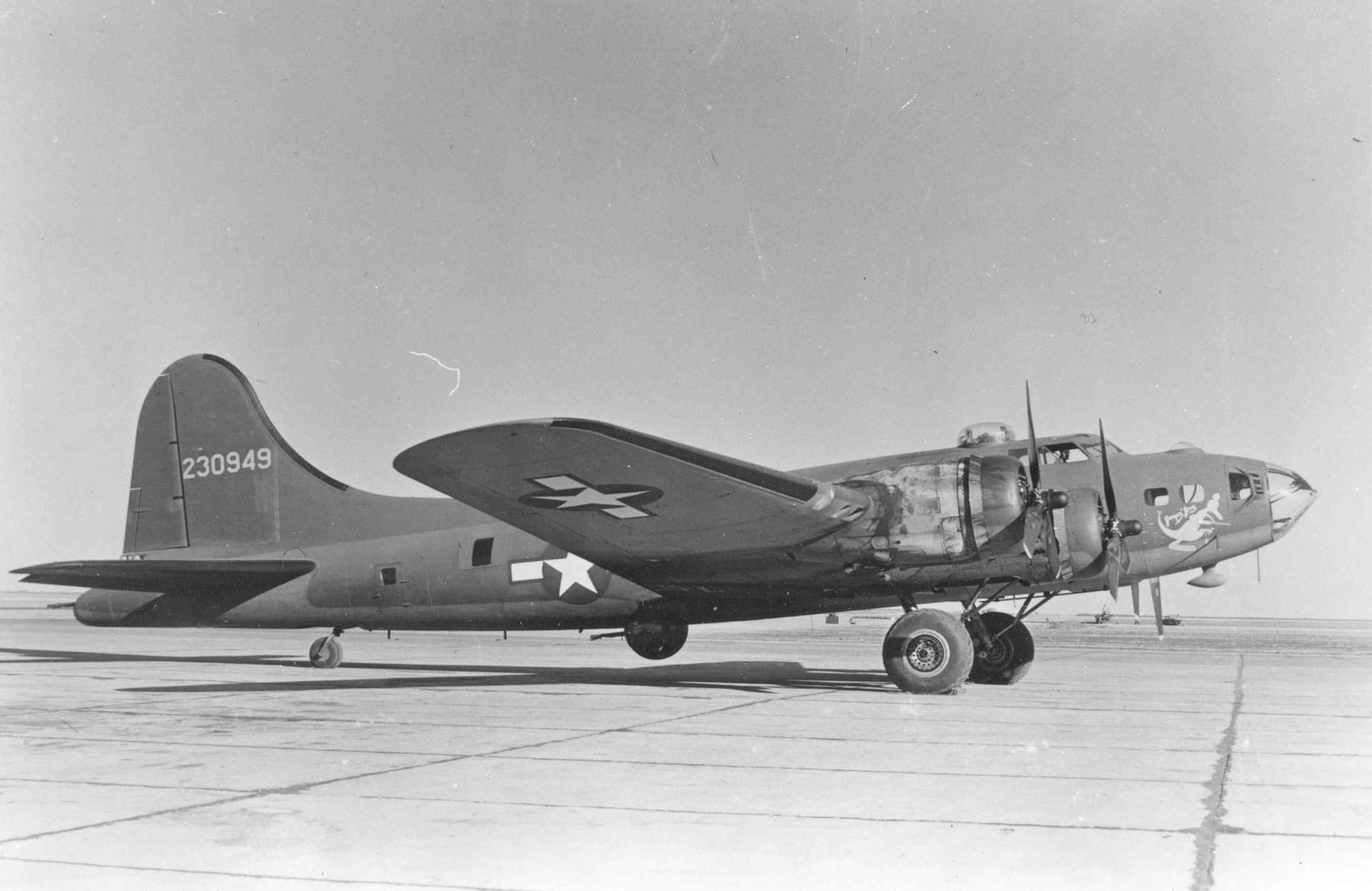
The B-17F had a cruising speed of 200 miles per hour (322 kilometers per hour). The maximum speed was 299 miles per hour (481 kilometers per hour) at 25,000 feet (7,620 meters), though with War Emergency Power, the bomber could reach 325 miles per hour (523 kilometers per hour) at 25,000 feet for short periods. The service ceiling was 37,500 feet (11,430 meters).
With a normal fuel load of 1,725 gallons (6,530 liters) the B-17F had a maximum range of 3,070 miles (4,941 kilometers). Two “Tokyo tanks” could be installed in the bomb bay, increasing capacity by 820 gallons (3,104 liters). Carrying a 6,000 pound (2,722 kilogram) bomb load, the range was 1,300 miles (2,092 kilometers).
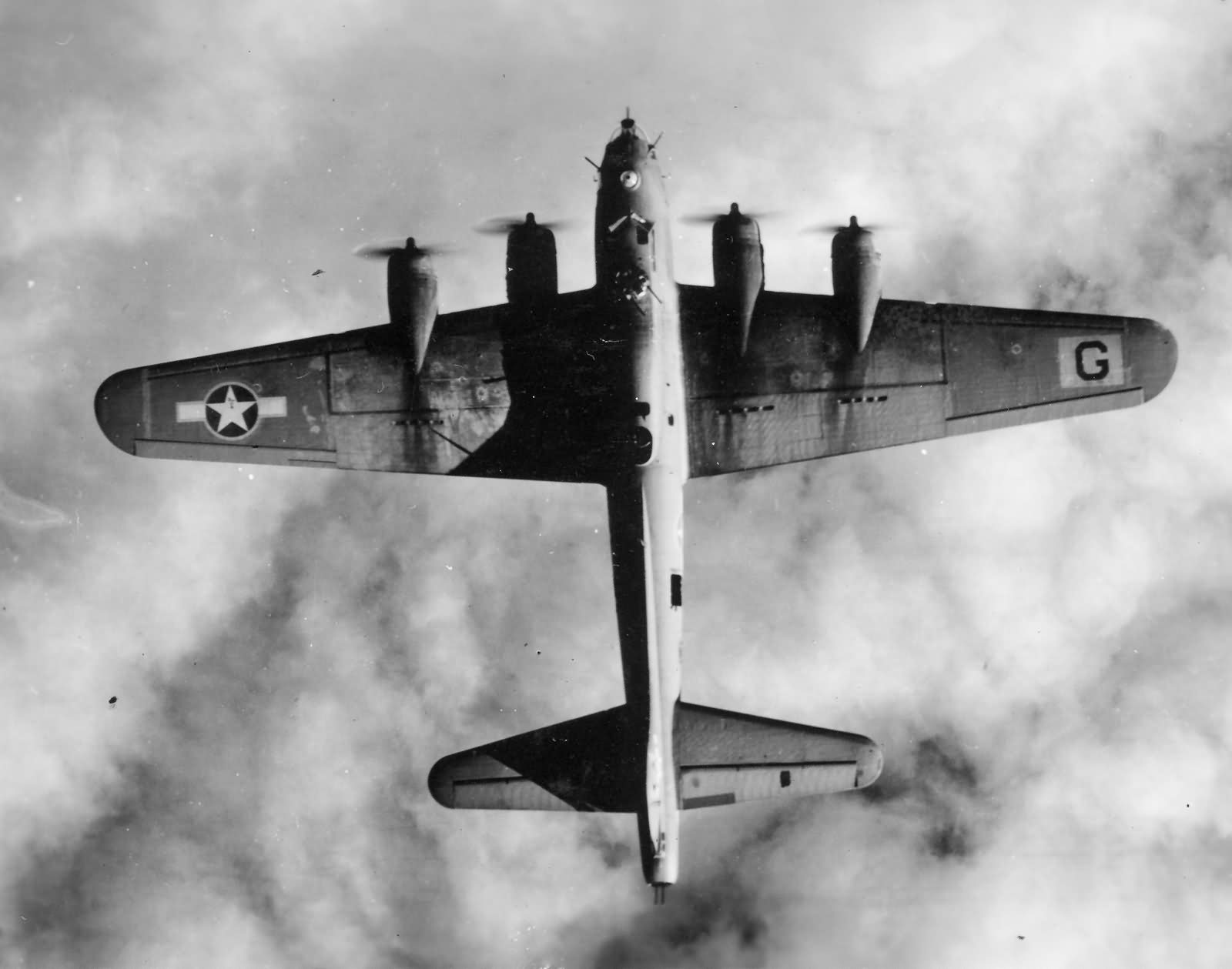
The B-17F Flying Fortress was armed with up to 13 air-cooled Browning AN-M2 .50-caliber machine guns. Power turrets mounting two guns each were located at the dorsal and ventral positions. A pair of machine guns were mounted in the tail, and single guns on flexible mounts were placed in the nose, radio compartment, and right and left waist positions.
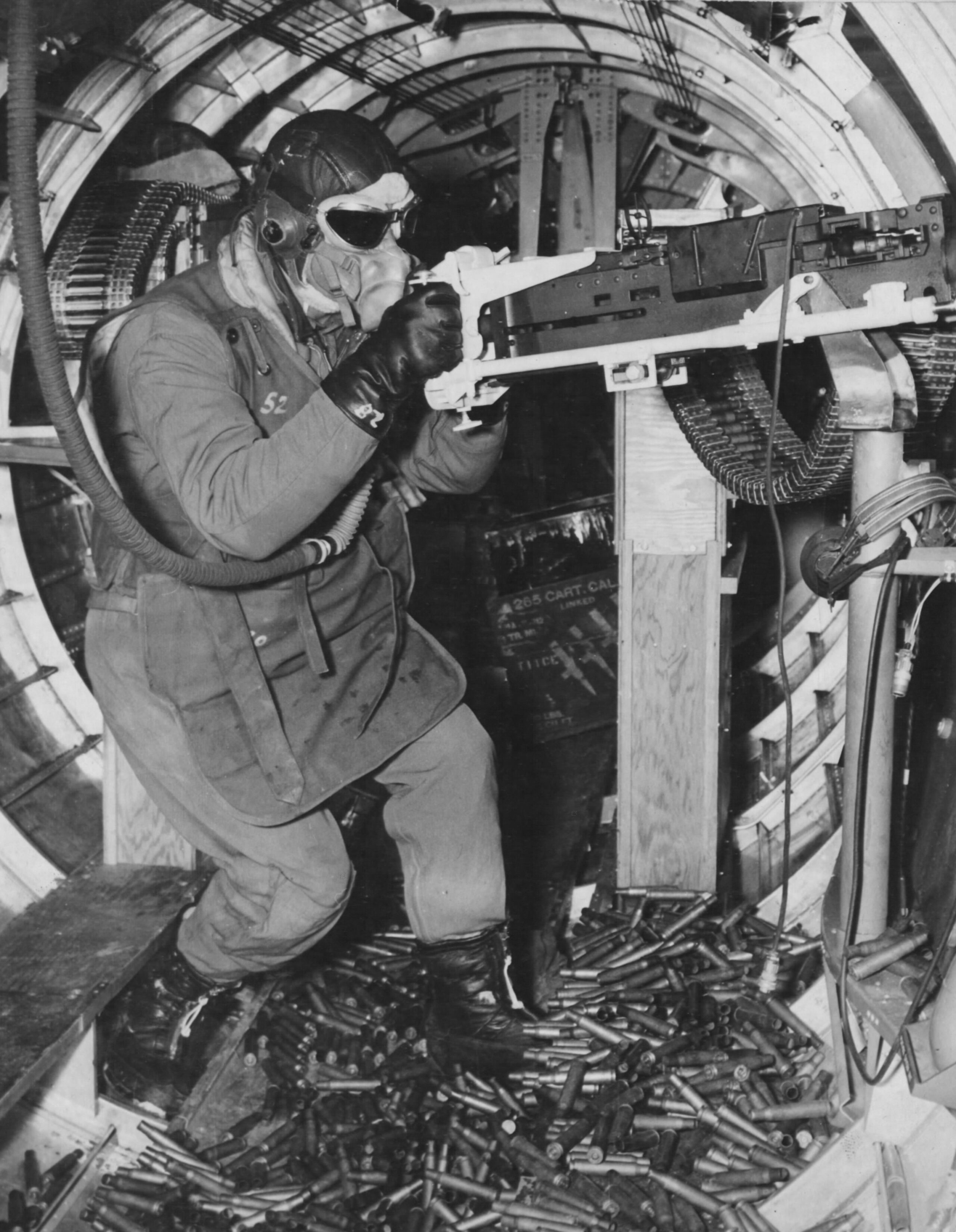
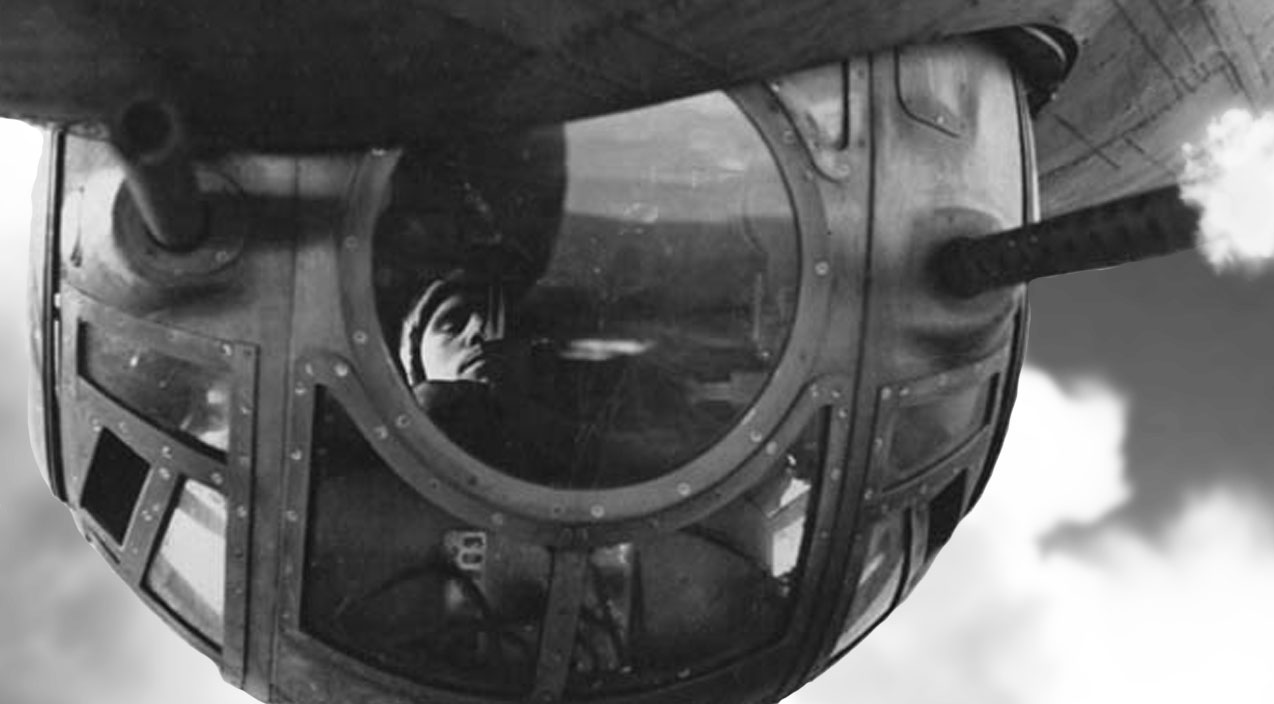
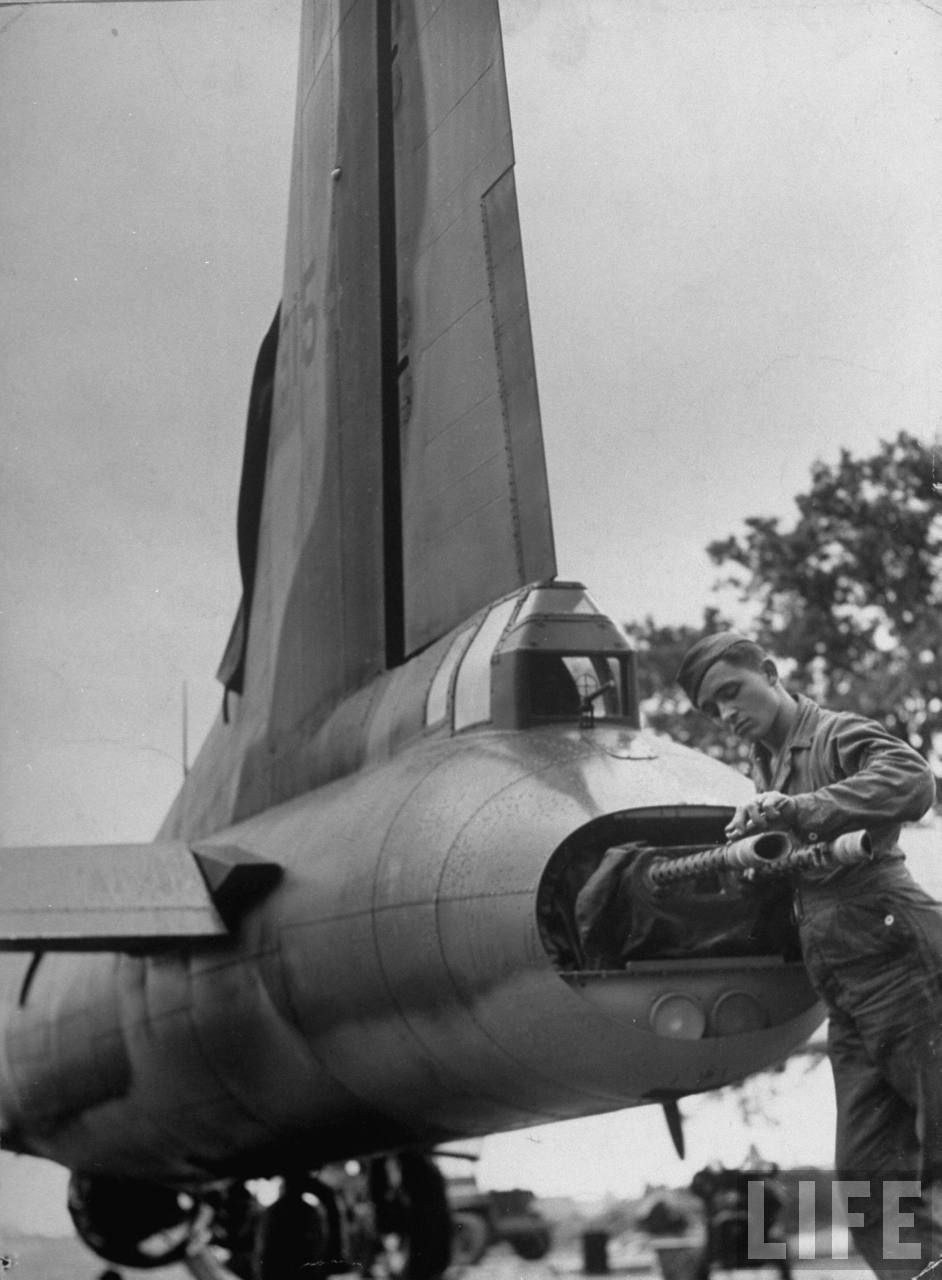
The maximum bomb load of the B-17F was 20,800 pounds (9434.7 kilograms) over very short ranges. Normally, 4,000–6,000 pounds (1,815–2,722 kilograms) of high explosive bombs were carried. The internal bomb bay could be loaded with a maximum of eight 1,600 pound (725.75 kilogram) bombs. Two external bomb racks mounted under the wings between the fuselage and the inboard engines could carry one 4,000 pound (1,814.4 kilogram) bomb, each, though this option was rarely used.
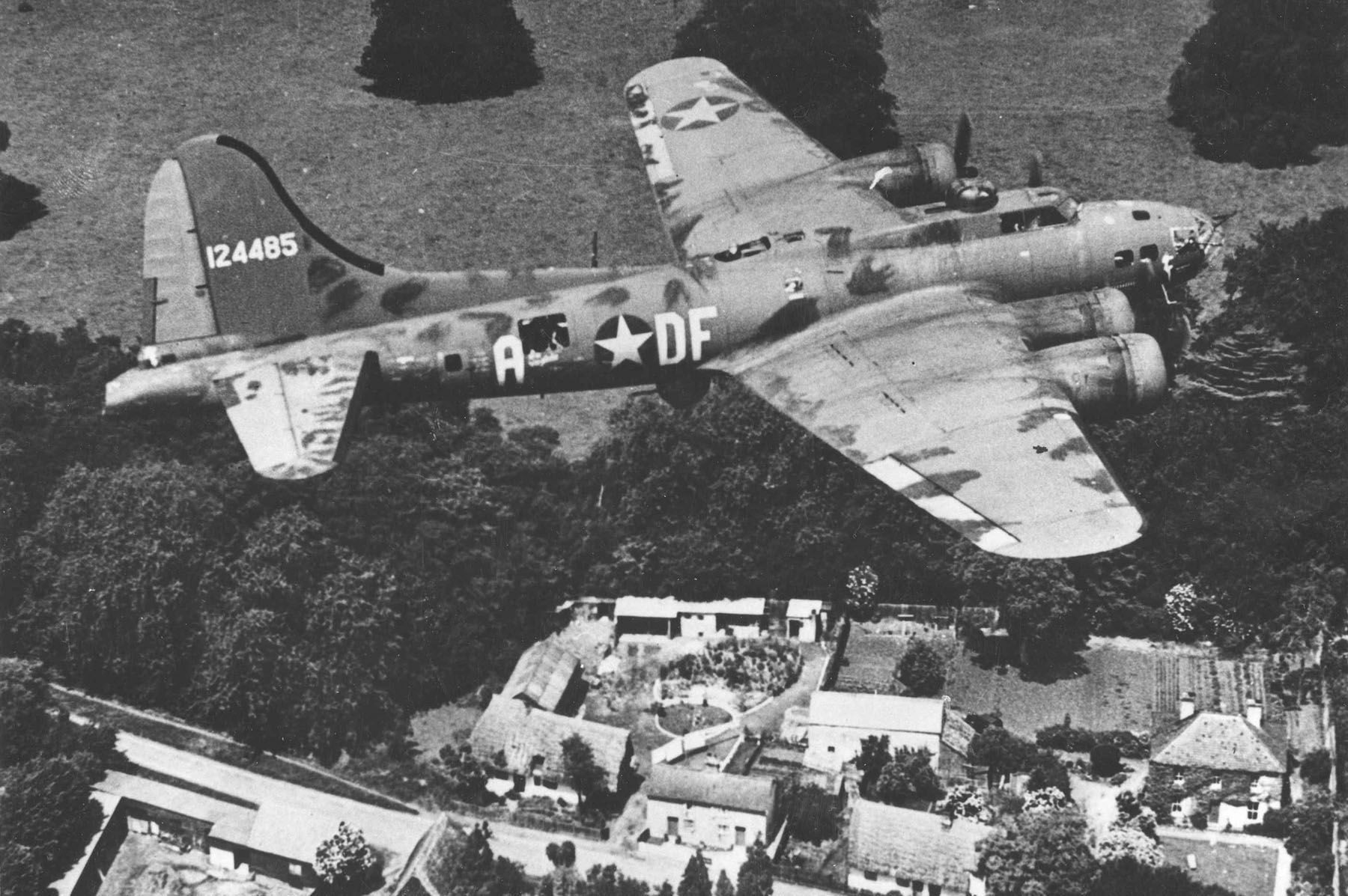
The B-17 Flying Fortress first flew in 1935, and was in production from 1937 to 1945. 12,731 B-17s were built by Boeing, Douglas Aircraft Company and Lockheed-Vega. (The Manufacturer Codes, -BO, -DL and -VE, follow the Block Number in each airplane’s type designation.) 3,405 of the total were B-17Fs, with 2,000 built by Boeing, 605 by Douglas and 500 by Lockheed-Vega.
Only three B-17F Flying Fortresses remain in existence.
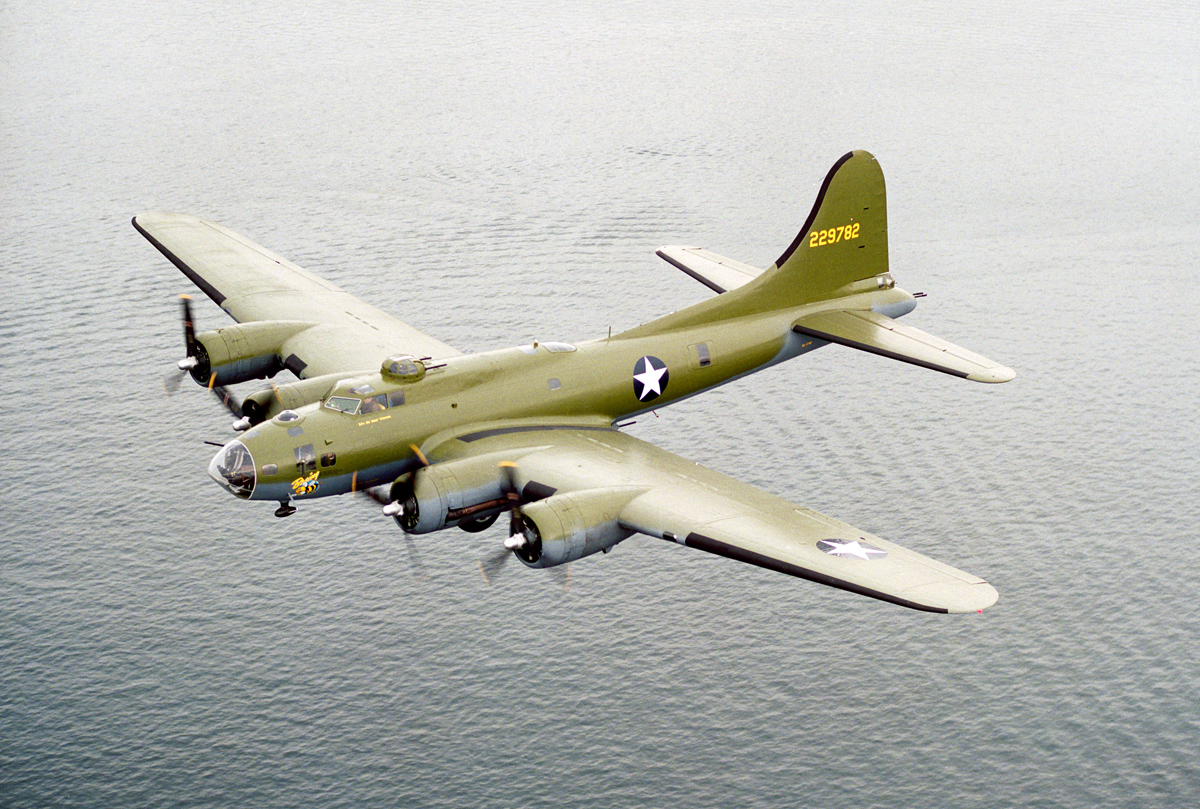
© 2018, Bryan R. Swopes